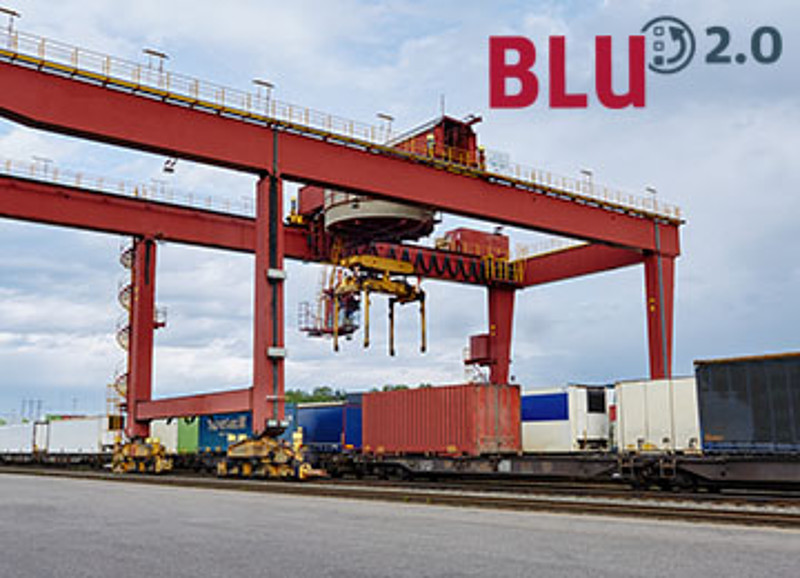Situation Overview
Bane NOR, entrusted with managing Norway's railway infrastructure, aimed to modernize and digitize its intermodal terminals across the country. Recognizing the need for a robust Terminal Operating System (TOS), they sought out a solution to enhance efficiency and streamline operations. To achieve this, a European tender was held, from which Berghof emerged as the winner with its innovative BLU 2.0 system.
The BLU 2.0 system, now deployed at Bane NOR's intermodal terminals, plays a pivotal role in facilitating seamless transfers of loading units (LUs) between rail and truck transport vehicles. Whether arriving by truck or train, LUs undergo thorough inspection by terminal personnel to ensure their suitability for onward transportation. BLU 2.0 optimizes this process by providing a comprehensive overview of terminal activities, including the status of LUs and trains present within the facility.
At the core of BLU 2.0's functionality is its ability to efficiently manage bookings and plan loading operations in advance. Upon receiving booking information for incoming LUs, terminal operators can strategize loading procedures to maximize efficiency. Integration with digital interfaces enables real-time communication with train companies, ensuring seamless coordination of arrivals and departures.
The system's versatility extends to its mobile application, empowering terminal workers to input vital information directly into BLU 2.0 from anywhere within the terminal premises. This mobile functionality enhances productivity by eliminating the need for manual data entry and enabling real-time updates on LU movements.
Crucially, BLU 2.0 operates within Bane NOR's existing IT network architecture, functioning as a centralized solution without the need for additional on-site hardware. Robust data management capabilities ensure the integrity of information, even in the event of network disruptions, safeguarding against data loss during communication processes.
Moreover, BLU 2.0 serves as a valuable tool for data analysis, generating statistical insights on key performance indicators (KPIs) and facilitating invoicing for various terminal services. By centralizing operations and enhancing data visibility, the system empowers Bane NOR to optimize resource allocation and drive continuous improvements in terminal efficiency.




![[Translate to English:] Kachel BLU 2.0 [Translate to English:] Kachel BLU 2.0](/fileadmin/_processed_/8/2/csm_BLU2.0_Kachel_550376b270.png)
